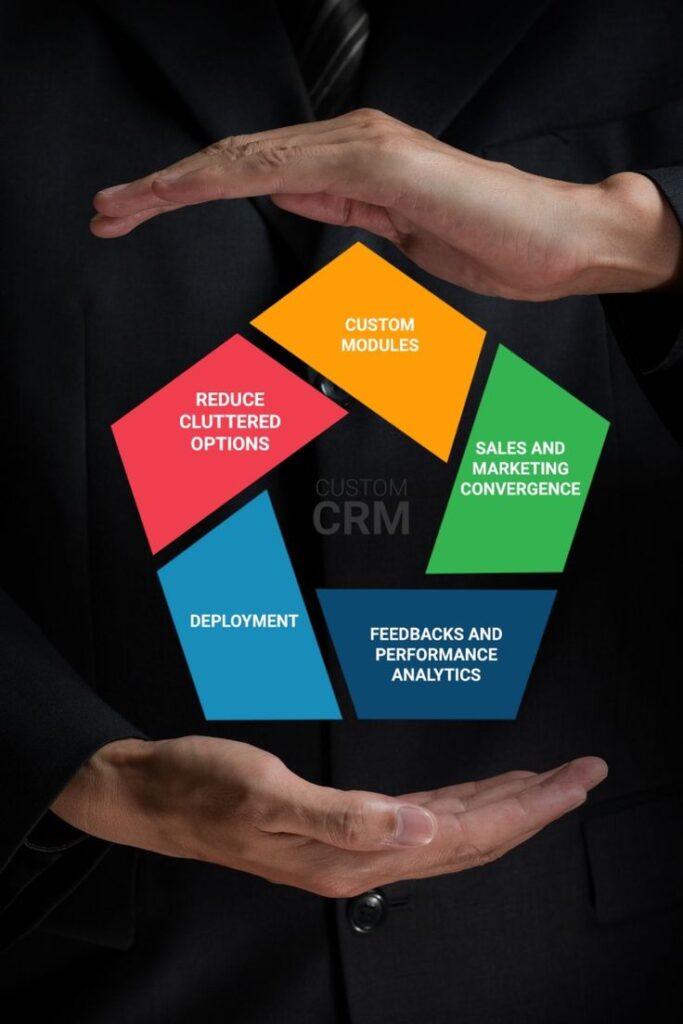In the ever-evolving landscape of business technology, integrating Customer Relationship Management (CRM) systems with existing infrastructure is crucial for maximizing efficiency and enhancing customer interactions. This comprehensive guide will delve into the strategies, benefits, and considerations for successfully merging your CRM with existing systems, ensuring a seamless transition and a robust operational framework.
Understanding CRM Integration
CRM integration involves connecting your CRM software with other business applications, such as ERP systems, marketing automation tools, and customer service platforms. This process allows data to flow seamlessly between systems, eliminating silos and providing a unified view of customer information.
Why CRM Integration is Essential
Integrating CRM with existing systems offers numerous advantages:
- Enhanced Data Accuracy: By synchronizing data across platforms, businesses can reduce errors and ensure consistency.
- Improved Customer Experience: A unified system provides a 360-degree view of the customer, enabling personalized and timely interactions.
- Operational Efficiency: Automation of routine tasks frees up time for employees to focus on strategic activities.
- Better Decision-Making: Integrated data provides comprehensive insights, facilitating informed business decisions.
Steps to Integrate CRM with Existing Systems
1. Assess Your Current Systems
Before embarking on the integration journey, evaluate your current systems and identify integration points. Understand the functionalities and limitations of your existing applications and how they interact with your CRM.
2. Choose the Right CRM
Selecting a CRM that complements your existing infrastructure is vital. Consider factors like compatibility, scalability, and the level of customization required. Popular CRMs like Salesforce, HubSpot, and Zoho offer extensive integration capabilities with various business applications.
3. Develop a Clear Integration Strategy
A well-defined strategy is the backbone of successful integration. Outline the goals, timelines, and resources needed for the project. Involve stakeholders from different departments to ensure alignment and address any concerns early on.
4. Utilize APIs and Middleware
APIs (Application Programming Interfaces) and middleware are essential tools for CRM integration. APIs allow different systems to communicate with each other, while middleware acts as a bridge, facilitating data transfer and process automation.
5. Data Mapping and Cleansing
Map out how data will flow between systems, ensuring consistency and accuracy. Data cleansing is crucial to remove duplicates and outdated information, ensuring that only relevant data is integrated.
6. Test and Monitor
Testing the integration is vital to identify and resolve any issues before full deployment. Monitor the integrated systems continuously to ensure smooth operation and address any emerging problems promptly.
Overcoming Common Integration Challenges
Data Silos
Data silos can hinder the integration process by preventing the free flow of information. Address this issue by standardizing data formats and ensuring interoperability between systems.
System Compatibility
Compatibility issues can arise when integrating legacy systems with modern CRMs. Utilize middleware solutions and consider upgrading outdated systems to enhance compatibility.
Security Concerns
Integrating multiple systems can expose vulnerabilities if not managed correctly. Implement robust security measures, including encryption, access controls, and regular security audits.
User Adoption
Ensure that employees are trained and comfortable with the new integrated system. Conduct training sessions and provide ongoing support to facilitate smooth user adoption.
Benefits of a Successfully Integrated CRM System
1. Streamlined Operations
An integrated CRM system streamlines operations by automating processes and reducing manual interventions. This leads to increased productivity and cost savings.
2. Enhanced Customer Insights
With integrated data, businesses can gain deeper insights into customer behavior and preferences. This information is invaluable for crafting targeted marketing campaigns and improving customer service.
3. Increased Sales and Revenue
By providing a comprehensive view of customer interactions, an integrated CRM system helps sales teams identify opportunities and close deals more effectively, leading to increased revenue.
4. Improved Collaboration
Integrated systems foster collaboration across departments by providing a unified platform for communication and data sharing. This enhances teamwork and ensures everyone is on the same page.
Best Practices for CRM Integration
1. Prioritize Integration Needs
Identify and prioritize the most critical integration points. Focus on high-impact areas that will deliver the most significant benefits to your organization.
2. Start Small
Begin with a pilot integration project to test the waters and refine your approach. This allows you to address any issues on a smaller scale before expanding the integration.
3. Engage with Vendors
Work closely with CRM vendors and integration partners to leverage their expertise. They can provide valuable insights and support throughout the integration process.
4. Maintain Flexibility
Be prepared to adapt your integration strategy as needed. Business needs and technologies evolve, and your integration approach should be flexible enough to accommodate changes.
5. Continuous Improvement
Integration is not a one-time project but an ongoing process. Continuously evaluate and improve your integrated systems to ensure they meet evolving business requirements.
Conclusion
Integrating your CRM with existing systems is a strategic move that can transform your business operations. By following best practices and addressing common challenges, you can achieve a seamless integration that enhances data accuracy, improves customer experience, and boosts operational efficiency. The benefits of a well-integrated CRM system are manifold, leading to better decision-making, increased sales, and improved collaboration.


